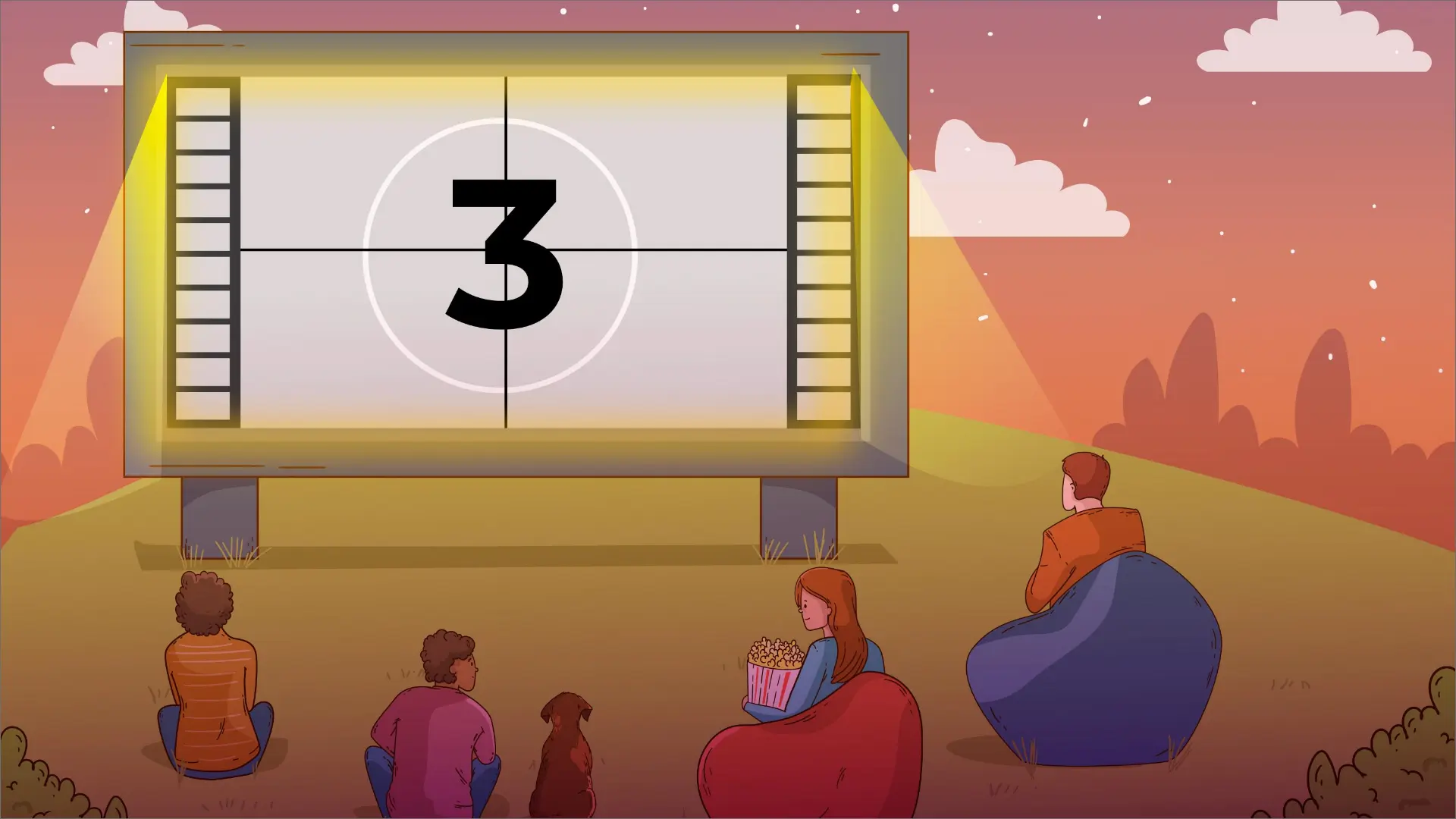
What Does TFW Mean? Decoding Internet Slang

In the ever-evolving landscape of online communication, TFW stands as an acronym for “That Feel When.” This expression encapsulates the essence of sharing relatable emotions and experiences through succinct digital language. TFW has become a ubiquitous element of internet slang, allowing users to convey complex feelings with brevity and a sense of camaraderie.
The roots of TFW can be traced back to online forums and communities where users sought creative ways to articulate specific emotional states. Emerging from the broader culture of internet memes and linguistic playfulness, TFW found its footing as a shorthand for expressing shared sentiments.
The abbreviation gained momentum as users adopted it to encapsulate a range of relatable scenarios, fostering a sense of online solidarity. Over time, TFW has transcended its initial niche usage and has become a widely recognized and employed expression in digital communication.
Common Usage of TFW
Social media platforms have become fertile grounds for the proliferation of TFW, where users employ this acronym to succinctly share and connect over relatable feelings. Whether it’s Twitter, Instagram, or Facebook, TFW threads its way through a myriad of posts, comments, and memes, serving as a unifying shorthand for a diverse array of emotions and experiences.
Examples of TFW in Different Contexts
TFW is frequently used in humorous contexts, often accompanied by memes or images to amplify the comedic effect. For instance, a meme depicting a universally recognizable situation, such as waiting for a text response, might be captioned with “TFW they finally reply.”
How Do You Use TFW?
TFW is generally used to express a specific emotion or feeling in a concise and relatable manner. Users often employ TFW followed by a statement that captures a particular situation or sentiment. For example, someone might say “TFW you finally finished a challenging project” to convey the sense of accomplishment after completing a difficult task.
Here Are a Few Common Ways People Use TFW:
i. Shared Experiences
TFW is frequently used to express emotions that many people can relate to, creating a sense of camaraderie and shared experiences. For instance, “TFW you realize it’s Friday” to capture the joy of the approaching weekend.
ii. Humor
TFW is often used in a humorous context, where the statement following TFW is meant to be funny or to highlight an amusing situation. “TFW you find out there’s no more coffee” could be a humorous way to express dismay about running out of a morning necessity.
iii. Empathy
TFW is also employed to show empathy or understanding towards others. “TFW your friend cancels plans, and you were secretly hoping they would” could convey a mix of disappointment and relief.
iv. Sarcasm/Irony
TFW can be used ironically or sarcastically to highlight situations where the expected outcome is different from reality. For example, “TFW you think you aced the exam, but the results say otherwise.”
Other Related Terms of TFW
In addition to TFW (That Feel When), there are several related terms and abbreviations that people use in online communication to express specific feelings, reactions, or experiences.
Here are some examples:
1. MRW (My Reaction When)
Similar to TFW, MRW is used to convey one’s immediate reaction to a situation, often accompanied by an image or GIF that illustrates the sentiment.
2. MFW (My Face When)
A variation of TFW, MFW is also used to express personal reactions, typically accompanied by an image or GIF representing the user’s facial expression.
3. TFH (That Feel When)
An alternate version of TFW, TFH serves the same purpose, allowing users to share relatable emotions or experiences in a concise manner.
4. FWIW (For What It’s Worth)
While not directly related to expressing feelings, FWIW is often used in online conversations to provide a piece of information or opinion, adding a layer of context to the discussion.
5. ICYMI (In Case You Missed It)
Used to draw attention to something previously mentioned or shared, ICYMI is often employed when users want to ensure that their audience doesn’t miss important information or updates.
6. IMO/IMHO (In My Opinion/In My Humble Opinion)
These abbreviations are used to preface statements expressing personal opinions, indicating that the following words are the user’s subjective perspective.
7. TL;DR (Too Long; Didn’t Read)
Used to summarize lengthy content, TL;DR provides a brief overview for users who may not have the time or inclination to read the entire text.
8. SMH (Shaking My Head)
Indicates disapproval, disbelief, or disappointment in response to a statement or situation.
9. LOL (Laugh Out Loud)
Although not specific to expressing feelings, LOL is a widely used abbreviation to convey amusement in response to something funny.
10. BRB (Be Right Back)
Used to inform others that the user will be temporarily away from the conversation.
Final Words - TFW Meaning (That Feel When)
In conclusion, TFW, or “That Feel When,” has evolved from a niche online abbreviation to a cultural phenomenon that succinctly captures the essence of shared emotions and experiences in the digital age. Its significance lies not only in its brevity but also in its ability to foster a sense of community through relatable expressions.
As we navigate the ever-changing landscape of online communication, TFW serves as a reminder of the dynamic nature of internet language, constantly adapting to reflect the nuances of contemporary experiences. In this era of rapidly evolving trends, it’s essential to stay informed about the latest developments in online language to effectively engage with and understand the diverse expressions that shape our digital interactions.
Embracing and appreciating these linguistic shifts allows us to participate more meaningfully in the vibrant and ever-expanding tapestry of internet culture.
Author



